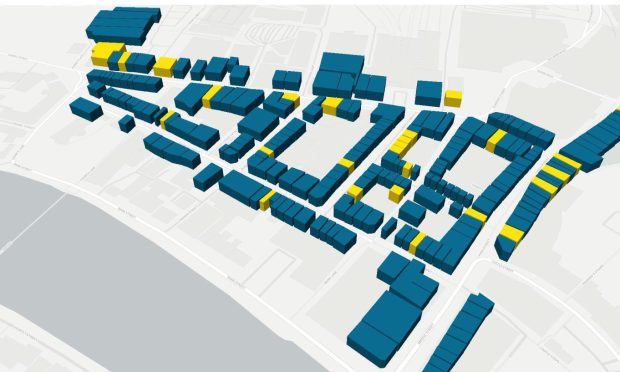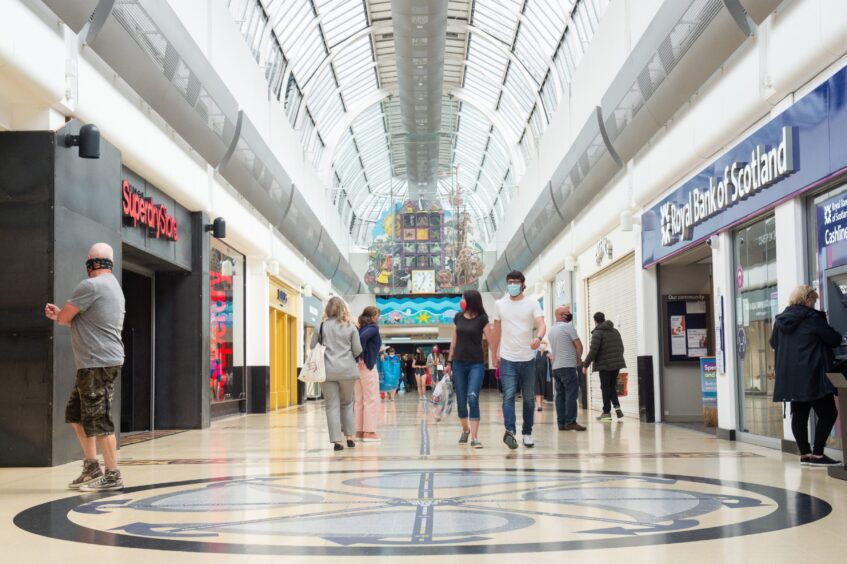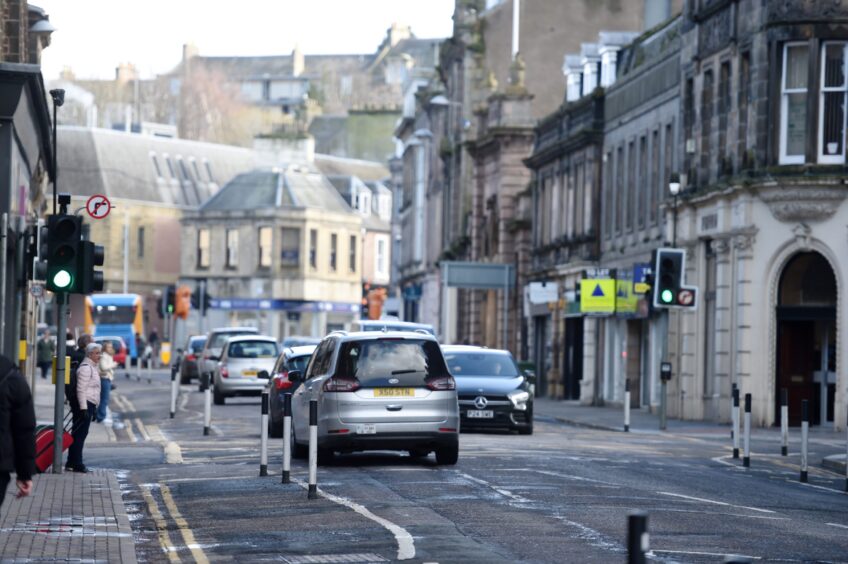Inverness is the capital of the Highlands, attracting thousands of tourists every year.
Does that mean its city centre has bucked the trend seen in other cities for shop and restaurant closures?
The Press and Journal’s data team has hit the streets to find out how the city centre is coping after the triple whammy of Covid, inflation and a cost of living crisis.
And this just won’t be one-off piece of research, we’ll be tracking the area moving forward, so we can pinpoint how our city centre is changing.
As part of our monitoring we’ve drawn and mapped each unit in several of Inverness’s main shopping streets, to show which are occupied, and which currently lie vacant.
We have also drawn out the Eastgate shopping centre, as this plays a major part in the landscape of Inverness’s high street.
By hovering over each unit, you will be able to access further information, such as the name of the business that currently occupies the unit, as well as a description of what type of business it is.
For those that are currently empty, hovering over the unit will give information about what used to be in that site, as well as roughly how long it has been closed for.
With this data, we aim to give an overview of the high streets in Inverness, the shops that are open, and the types of units that occupy them.
The health of the High Street in Inverness
We’ve tracked some of the main shopping streets in Inverness city centre in order to keep track of how well it is doing.
The map below includes units on Academy Street, Church Street, High Street, Union Street, Queensgate, Eastgate, Bridge Street, Baron Taylor’s Street, Lombard Street, Drummond Street, Rose Street and Inglis Street.
Discussions on how to revitalise the high street have been held, with plans hoped to improve Academy Street, which has previously been described as “unpleasant”, “polluted” and “horribly hostile.”
Proposals include diverting almost all traffic away from the bustling street, but not everyone is a fan of the scheme.
We’re also tracking the vacancy rates of the streets as businesses come into and leave each area – as well as what the average vacancy rate currently is.
We’ve also tracked the different categories of unit, so you can see the type of units we have on each street.
How full is the shopping centre in Inverness?
As well as the high streets, one of the main locations to shop in Inverness is of course the Eastgate Centre.
Nestled next to the train station and within close proximity of a number of the other popular shopping destinations, it’s home to a number of different shops and restaurants.
As we only track one shopping centre, the below chart shows the number of units that are vacant, as well as the number that are occupied.
Hover over the bars to see more information on vacancy rates.
The chart below breaks down the types of units that are within the shopping centre.
Categories include shopping, food and drink, hair and beauty, health and wellbeing, banking, gambling, entertainment and other services, and although some units may fit into multiple categories, one has been picked for each open location.
Methodology
This data was all collected manually, and therefore is all estimated. Each unit was drawn out in an approximation of unit shape, but may not be the full size. From there, an on foot census was carried out for each shop to determine which were occupied and which were vacant.
Vacant units were then checked to see what was previously in that space, using a mixture of newspaper articles and archives, Google Maps and other various sources such as review websites. As such, some of the dates given for stores may not be fully accurate, as Google Maps data was taken from the last date given that the store was open.
For each of the shopping centres, a copy of the floor plan was obtained and each unit was hand drawn out. From there, an on foot census was carried out to check the floor layout and see which units were open or closed.
Vacant units were then checked to see what was previously in that space, using a mixture of local knowledge, newspaper articles and other various sources such as review websites.
Can you help us keep our tracker up to date?
All of the data included within our high street tracker is collected manually by the data team and the reporter team in Inverness, and includes units opening and closing we’ve written articles on, as well as things we’ve noticed while out on foot in the area. Our last open dates may be estimates based on the best information we could find.
But we know we might not always spot everything, or get every closure date right.
We appreciate all the support we’ve received for our trackers so far, and would love if you would like to help us keep it up to date.
If there’s anything you spot opening or closing you’d like us to know about, or if you have more accurate information on closing dates of units or what the last business to occupy a unit was, you can let us know using the form below.



Conversation